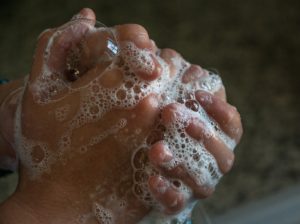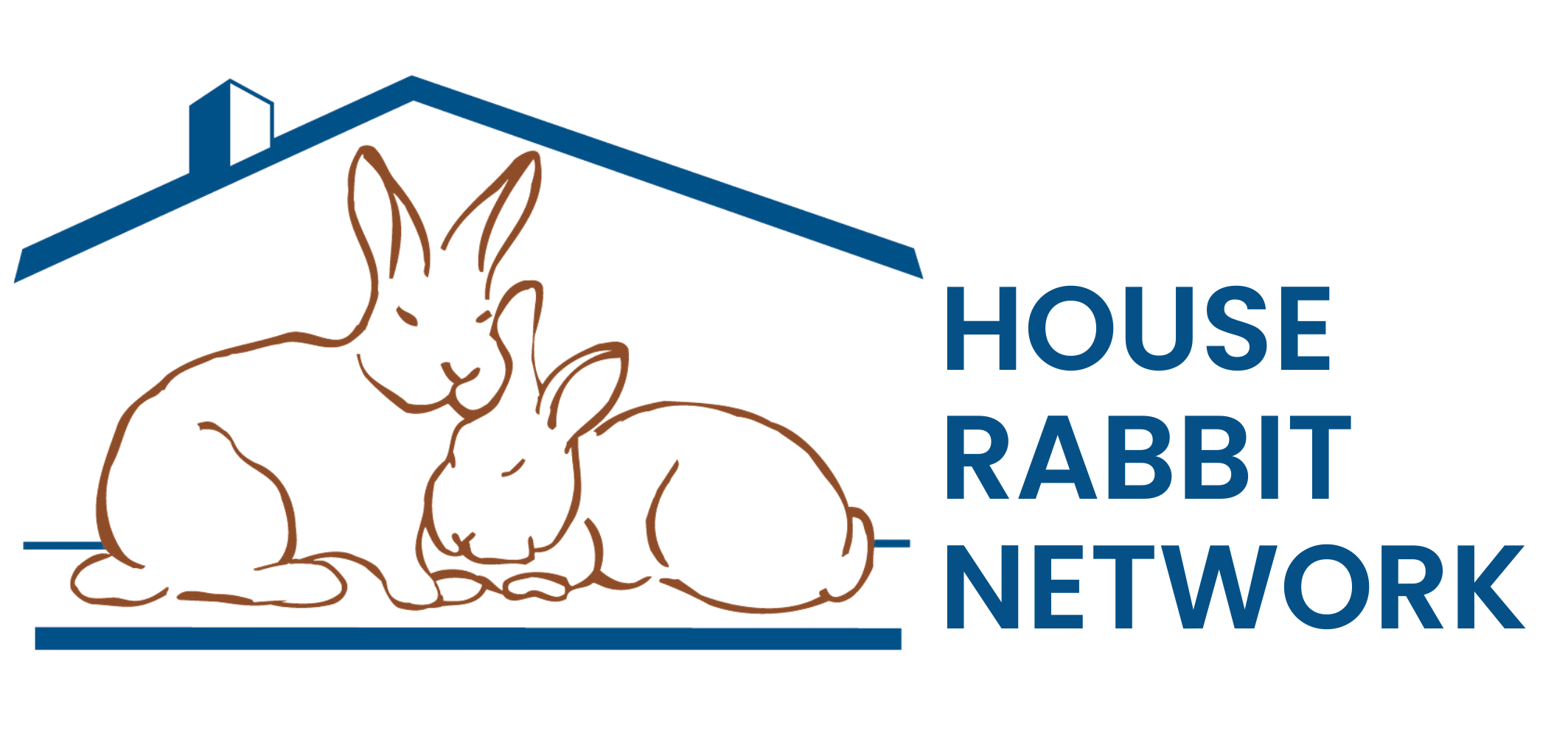Keeping Other Rabbits Healthy When You Have a Sick Bunny
While we all want our rabbits to stay healthy, we do sometimes need to deal with an illness or parasite. If you have other rabbits, pets, or are a foster home, there is always the concern about the other animals. How do we keep them healthy and prevent the spread of disease? It is important to make sure that your veterinarian knows if you have more than one rabbit in your home, if your buns share a cage or play area, and about any other animals you have. You need to discuss both the animals and the living situation. There are some conditions where you only need to treat the sick rabbit but sometimes you need to treat bondmates or other animals in the home too. Part of getting a rabbit healthy involves not letting them get infected again, so a household treatment plan is crucial. Your vet will help you evaluate your situation and come up with a treatment plan for your rabbit and household.
If you have a bonded pair, you may need to consider if they should be separated. The vast majority of the time you should leave them together. The bondmate has already been exposed, and separating the buns can cause stress and make recovery more difficult. Depending on the diagnosis, you might want to treat the bondmate too as they might either be impacted or a carrier (e.g., fleas, mites, coccidia).
One thing I tell people goes against instinct. When you first go to your rabbits you instinctively check on the unhealthy rabbit first. Unless there is something pressing or time critical, don’t do this. Take care of your healthy rabbits first, and then once finished with them, go take care of your sick bunny. This will help reduce any exposure to your healthy rabbits. If you take care of your sick bunny first and then go take care of the healthy ones, you have a higher risk of spreading disease through your hands or clothing. Wash your hands between touching different rabbits, and consider changing clothes to reduce the risk of disease transmission.

Keys factors to consider when dealing with a sick rabbit are: 1) is this contagious and 2) by what route is the infection spread. There are multiple ways in which diseases/infections/parasites spread and it’s important to understand how something is spread to protect against it. The main ways we worry about transmission are through the air, by touch, or in poop, urine, and blood.
Some diseases are transmitted by germs floating in the air. In this situation, the ideal solution is to not have any other rabbits in the same house. However, for the average person, that is not realistic. What you should do is separate the buns as best as possible. Preferably have them on a different floor of your home, or at very least in a different room. Pay attention to how air circulates in your home. Do you have a room with extra ventilation?
Mites (skin and ear) can be transmitted by touch. If you have two rabbits living in the same cage, one will pass it along to the other one. You should always treat both rabbits because most likely the second bunny has them, and is now a carrier. If you pat one of these bunnies and then pet another rabbit, you risk passing the mites on to the new rabbit. If other rabbits live in a separate living area and you practice good handwashing techniques that will help protect the other rabbit. If you pick up and hold a rabbit, you have just contaminated your clothing. Change clothes before picking up another rabbit. If you have carpet in your home, you should keep your sick rabbit off the carpet because it’s next to impossible to disinfect carpeting.
Coccidia and pinworms are two examples of parasites that are transmitted through rabbit poop. For this you should follow all the guidelines for touch, keeping in mind any place that poop may be. You don’t want non-bonded rabbits sharing litter boxes. If you have an infected rabbit in a play area and he poops, be sure to not only pick up the poop but clean the floor before letting another rabbit into the space. Keep your rabbit (and the poop) away from any carpeting since you cannot disinfect it. Look for stray poops in corners, nooks, etc. I’ve seen poop flung out of cages and across a room. This means that if you have two separate cages, try to keep them several feet apart. I’m amazed at the strange places I have sometimes found rabbit poop. It seems like it has magical powers to appear in unlikely places. With coccidia and pin worms, you need to make sure your veterinarian knows that your bun shares a living space with another rabbit. The other bunny is most likely already infected and should be treated too.
Parasites like E. cuniculi are transmitted through urine. Again you should follow touch protocols for anything that the urine may touch. Keep separate litter boxes. If a rabbit urinates on the floor, make sure you disinfect before allowing another rabbit into the area. If you have a spraying rabbit – consider how far the urine can spray. Does your rabbit dig? How far does the dirty litter fly? Change the litter box last, disinfect, and thoroughly wash your hands when finished.
In the U.S. we don’t have to worry much about blood born transmissions. In other parts of the world there are diseases such as myxomatosis which can be transmitted by mosquito bite. Ticks can also transmit disease. If you have an indoor rabbit in the U.S., it would be unlikely that this is something you need to worry about.
If you find a bunny with fleas, you will want to treat every animal (dog, cat, rabbit, etc) in the house. You will also likely need to treat them for at least three months to completely free your home of the pests. Do not use over-the-counter flea products on your rabbits or other pets as they can cause neurotoxicity. Visit your vet instead to get a safe medication. Some topical flea meds, for example Frontline, can be fatal to rabbits.
Good hygiene practice in your home is important. When you bring a new bunny into your home you have a slight chance of introducing trouble. This is more likely to happen if you are a foster home, pull in a stray, or get new foster rabbit. Even if you get a bunny from a trusted shelter, the stress of the move can bring something out.
If you’re pulling in a stray or a rabbit from unknown circumstances, you should consider placing him in a separate room for a week. Monitor him closely and consider getting a checkup. Listen for congestion, look for mites or fleas. Carefully clean cages between rabbits. Time is also on your side. Many pathogens have a short lifespan. Some are as short as seconds, 30 seconds or less. Others might be 30 or 60 days. If something sits unused for 6 months in an area away from your rabbit area, you should still clean it but there will be fewer contaminants than an item that was recently used.
We can do a lot to prevent the spread of disease in our household. The keys to this are following smart hygiene practices, staying alert to anything you see, understanding the situation, and most importantly consulting with your veterinarian. Working together you can come up with a plan for your household.
— Suzanne Trayhan
